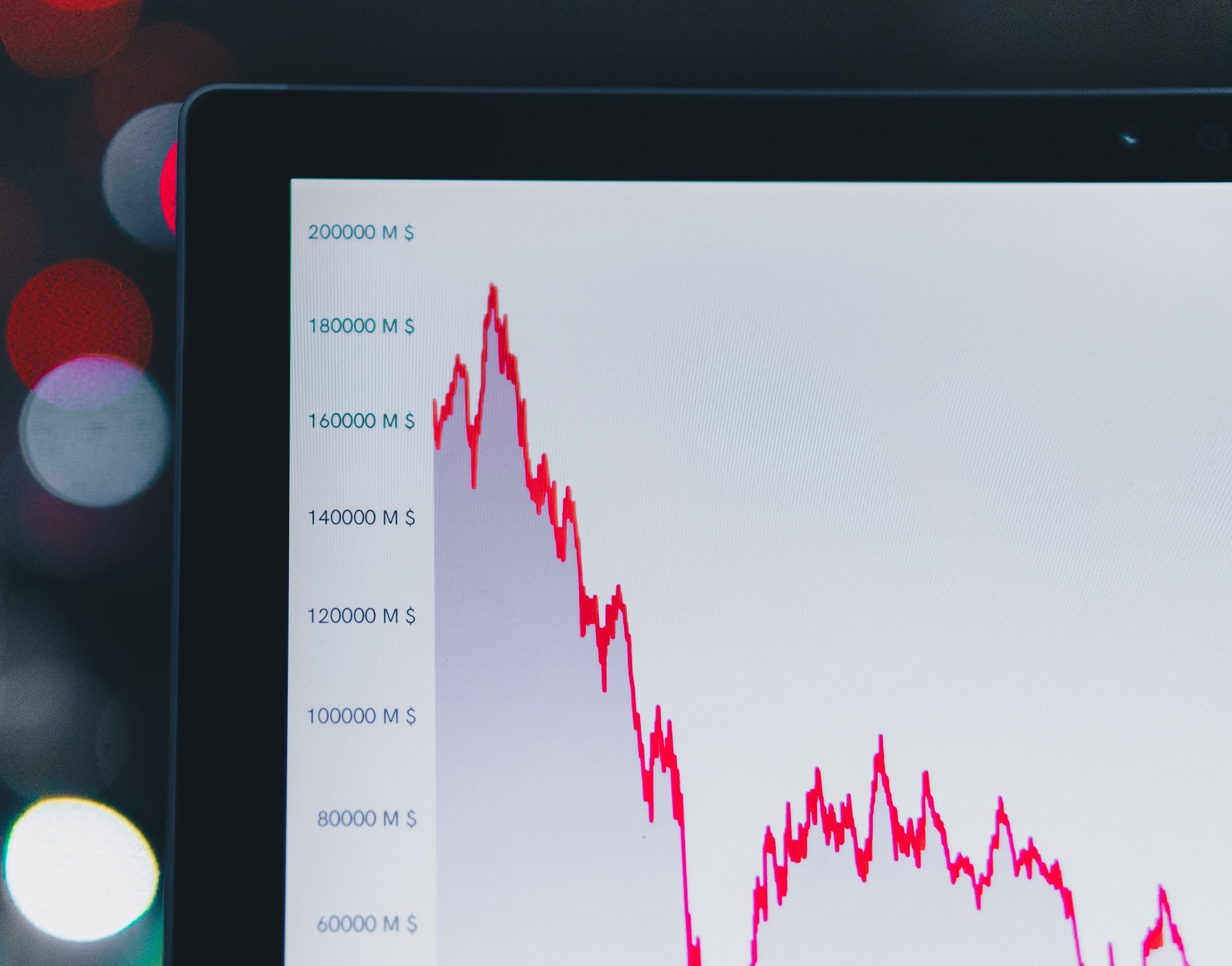The S&P 500 rose 0.5% at the end of trading after sliding closer to bear market territory:
After logging its biggest drop since June 2020 in the last session, the index is down roughly 18% from its all-time high Jan. 3 and must close below 3837.24 to officially enter a bear market. The Dow gained 50 points following a nearly 1,200-point drop in the last session to close at its lowest level since March 2021. The Nasdaq Composite rose 1% on a comeback in tech shares.
“Investors should become accustomed to significant downside and upside moves in stocks, which is common during times of tremendous uncertainty,” Claro Advisors managing principal and founder Ryan Belanger said in a note. “We expect the stock market to trade near or in bear market territory for the coming months, creating a frustrating range-bound market that will test the will of many investors.”
The increasing rise of VIX is in many ways investor-brains being conditioned like muscles to see and respond to risk more and more strongly. As time goes on their cautionary behavior increases, as risk is increasing. Eventually a tipping point is reached, where risk aversion meets a risk level which precipitates mass-protectionary behavior, and you have a market crash.
When this produces a final model tracking the effect of a single factor – the change in energy cost – on the entire market, tracking VIX will be a key component of the analysis.


